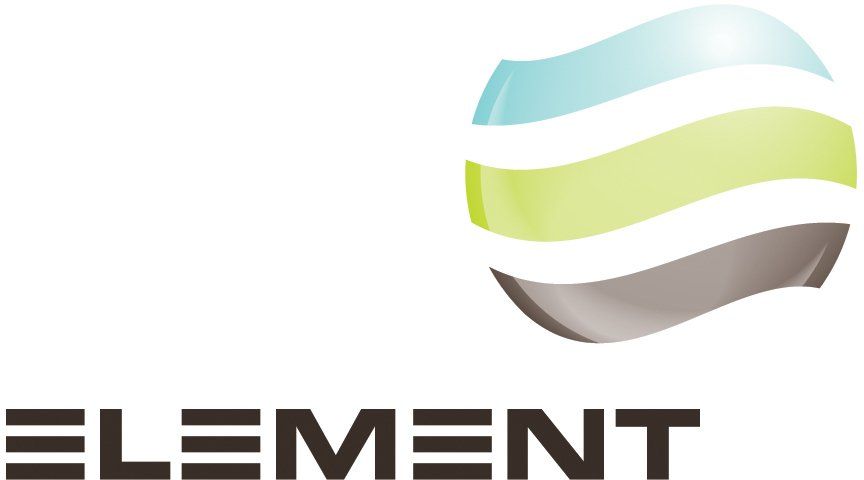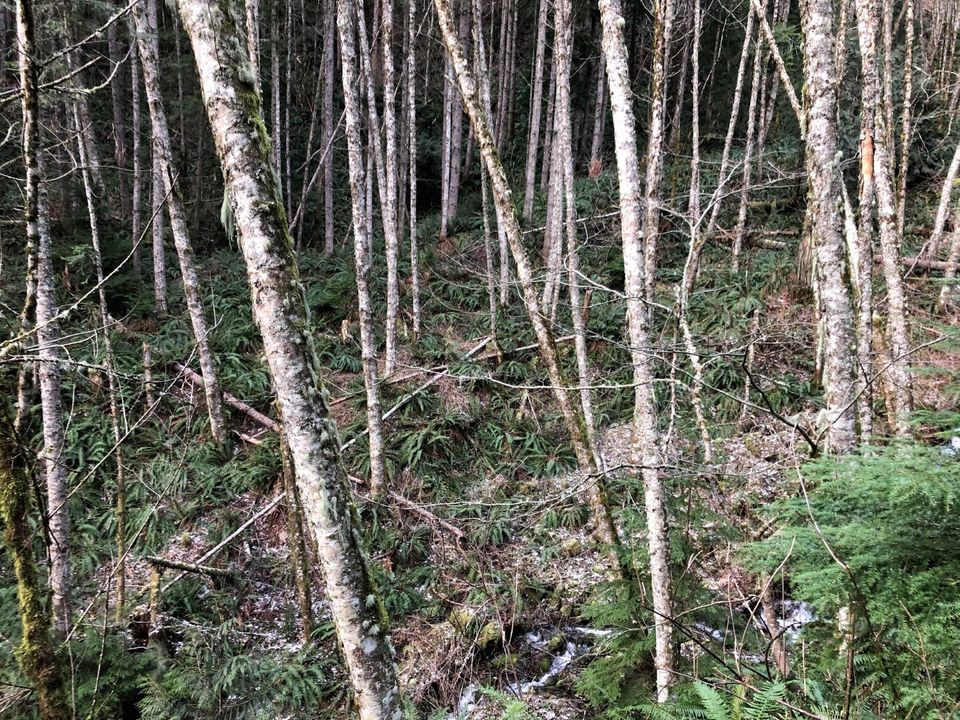Per Whatcom County Code requirements, any new residential development located within an area mapped as an Alluvial Fan Hazard Area must be reviewed by a qualified geological professional licensed in the state of Washington. Our role in this project is to advise the client on the risks associated with the alluvial fan, and to provide recommendations for the development aimed to reduce the risks to life, health, safety, and buildings. Depending on the level of concern, various methods could be used to provide a better understanding of the risks involved. However, getting eyes on the drainage and stream channel uphill from the alluvial fan is essential for gauging the level of activity along the channel.
A New Drainage Assessed for an Alluvial Fan Geohazard Review
New Alluvial Fan Geohazard Review
Element Solutions recently had the opportunity to investigate a new-to-us alluvial fan deposit and associated stream drainage. As part of our assessment, Element conducted extensive visual reconnaissance of the stream channel that has historically fed sediment and debris onto the alluvial fan surface.
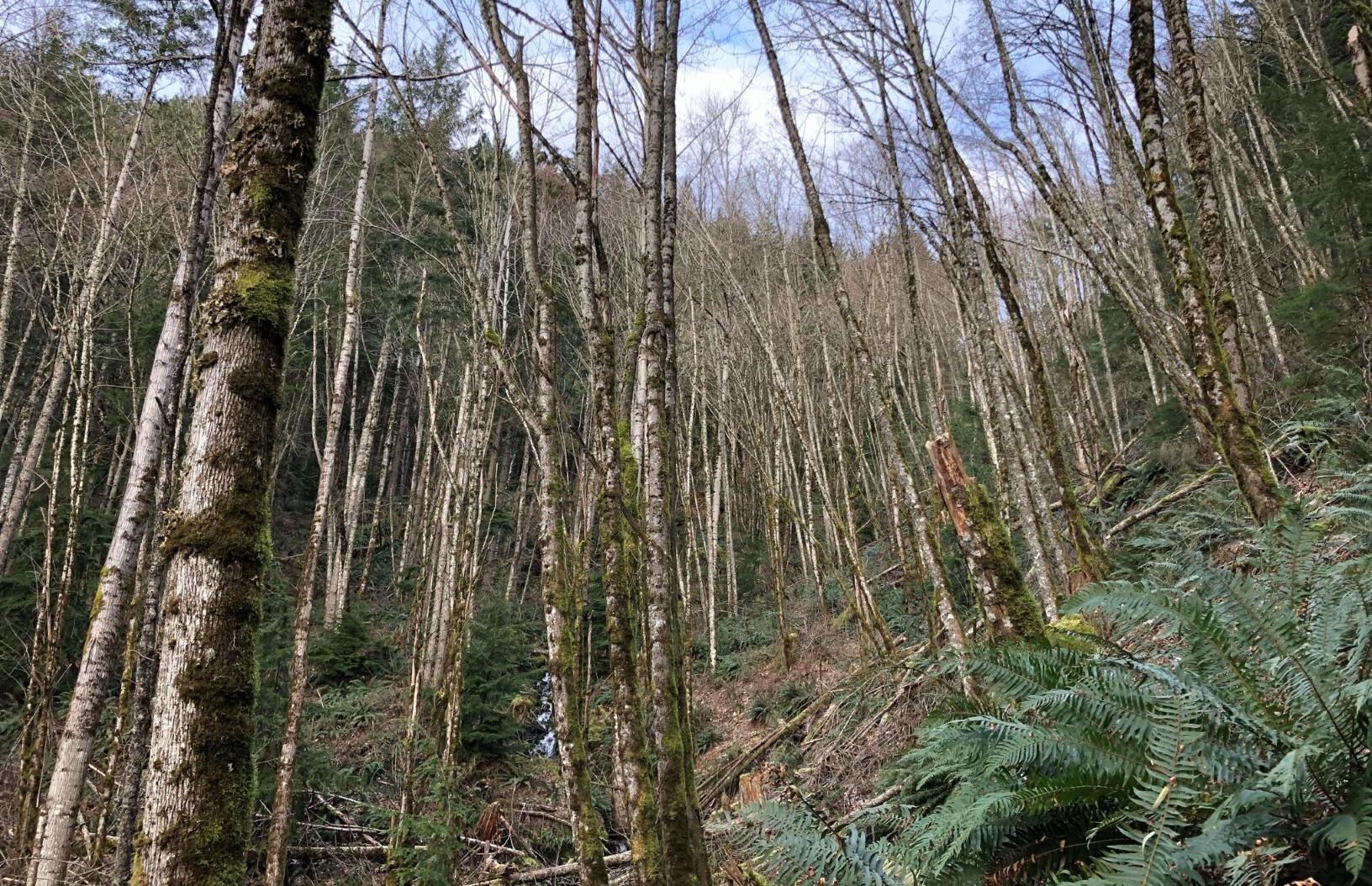
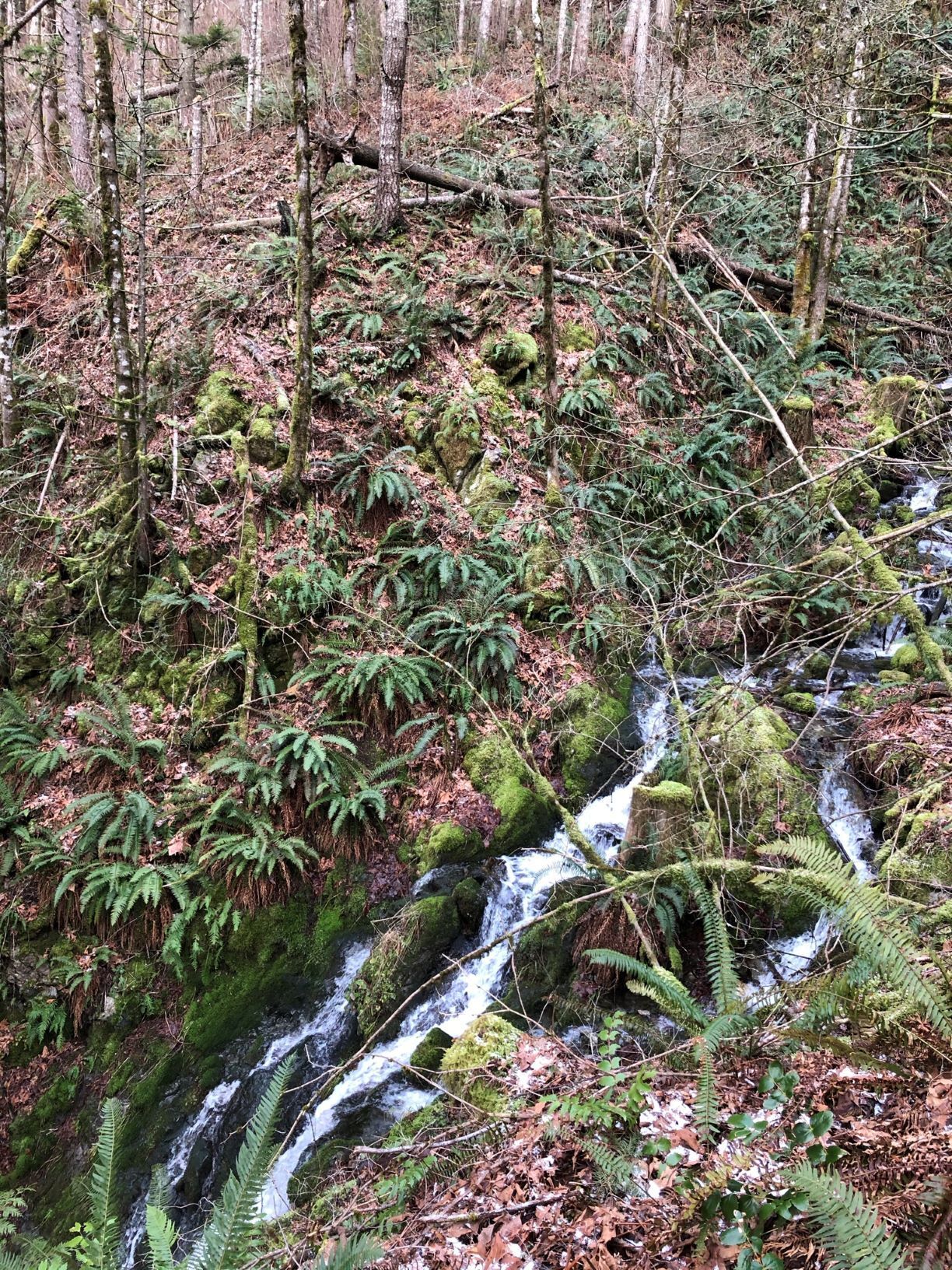
One of our Licensed Geologists hiked up the channel to observe for geologic features that may have the potential to cause future debris flood/flow activity downstream in the vicinity of the proposed development. One of the primary concerns for flooding on alluvial fans in western Washington is the potential for landslides to temporarily block water along an upstream portion of the drainage. If the blocked water is rapidly released as the temporary “landslide dam” is breached, flooding may occur downstream that can be orders of magnitude greater than floods caused by rainfall alone.
Our reconnaissance showed that this drainage was prone to a moderate level of activity compared to other drainages of its size in the region. Several shallow-soil slumps were observed along the steep channel walls leading to the stream. One small-to moderate-sized bedrock landslide was found along the stream. However, this failure was determined to be old and inactive. Overall, the drainage was well-vegetated and did not appear to have any major areas of instability that would pose an obvious threat to the downstream areas. This evidence was crucial in formulating our interpretation of the level of risks at the subject site and was combined with several other features found along the alluvial fan surface.

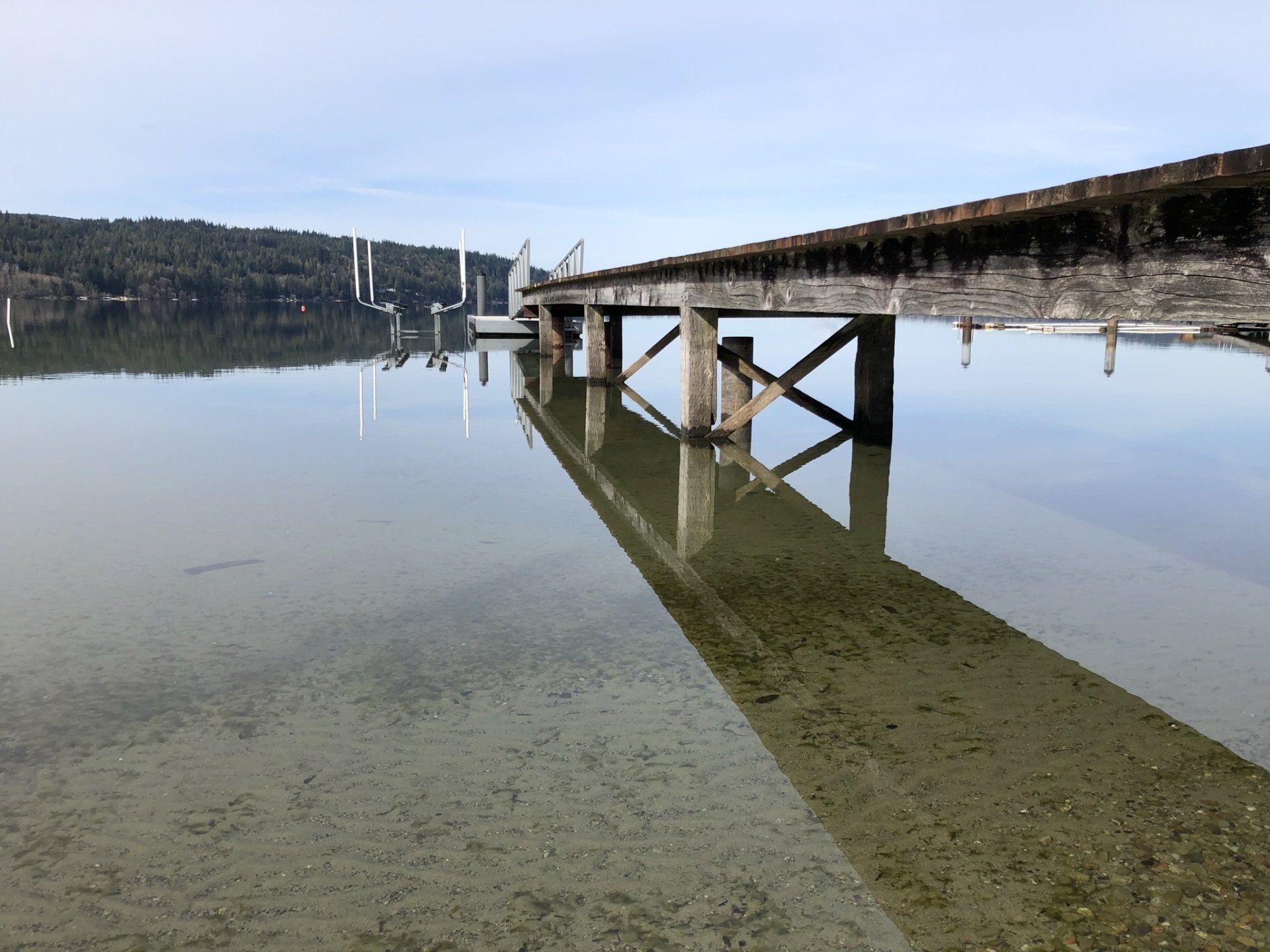

All Element Solutions | Website Design by Advancify
